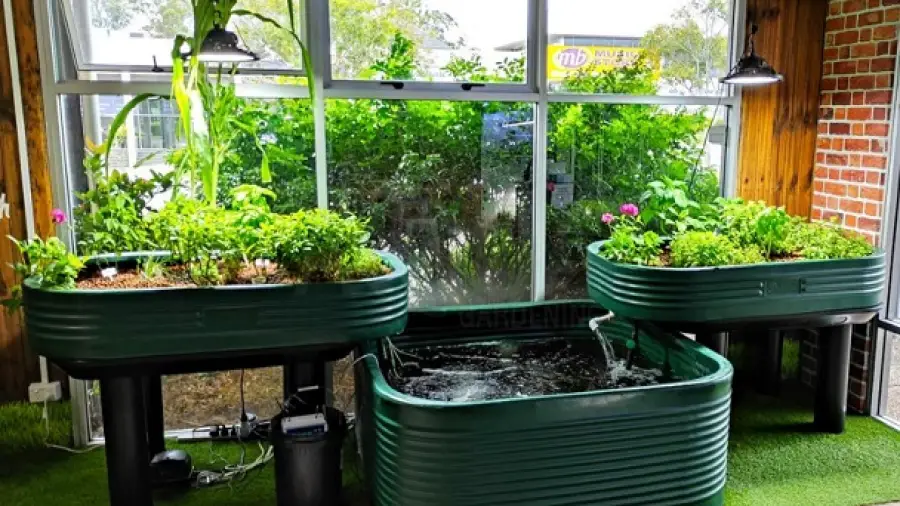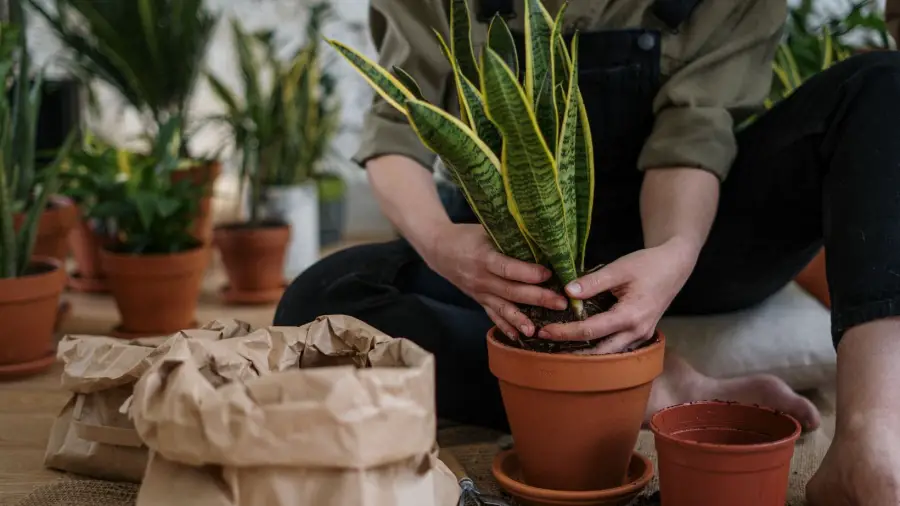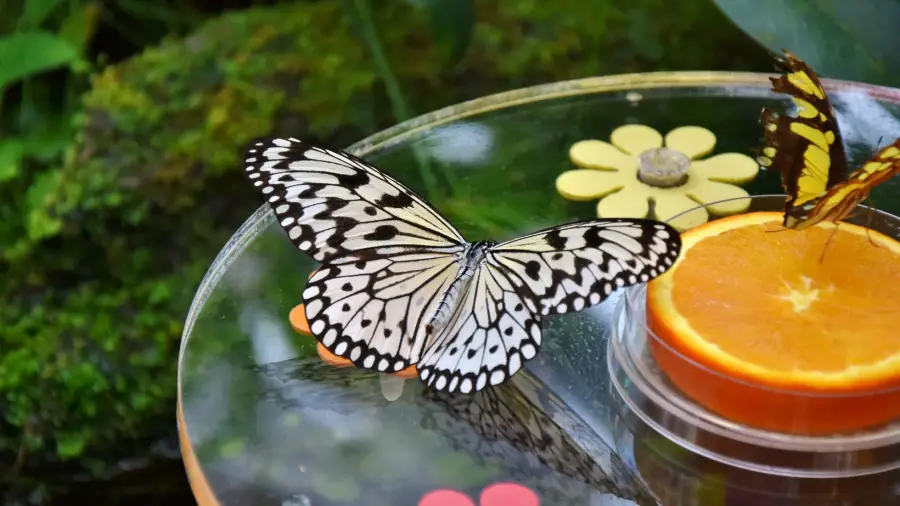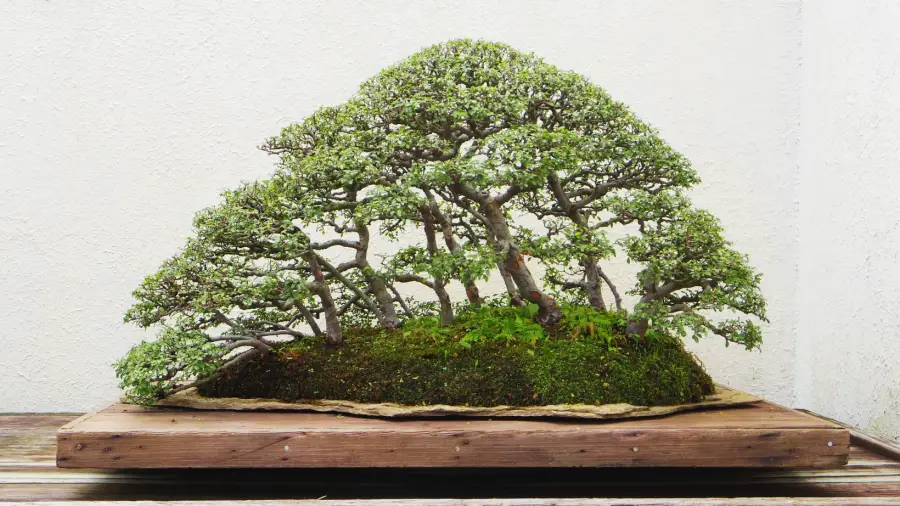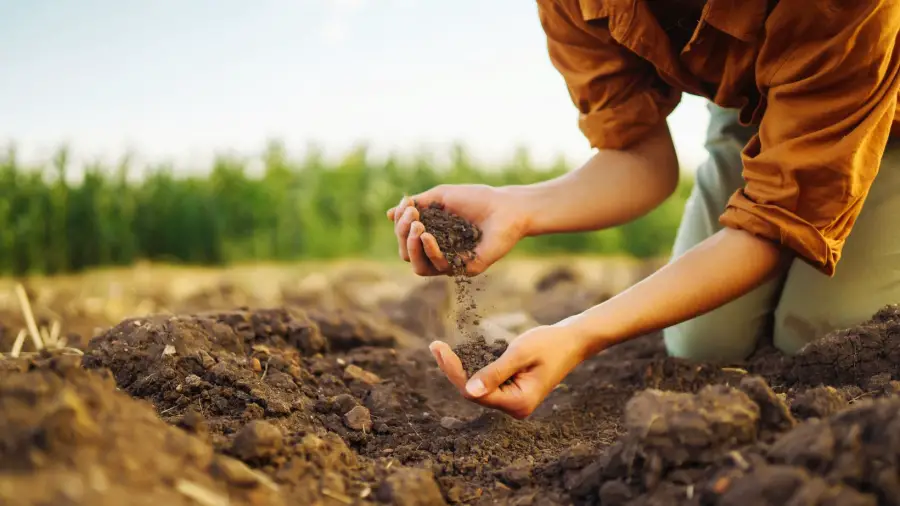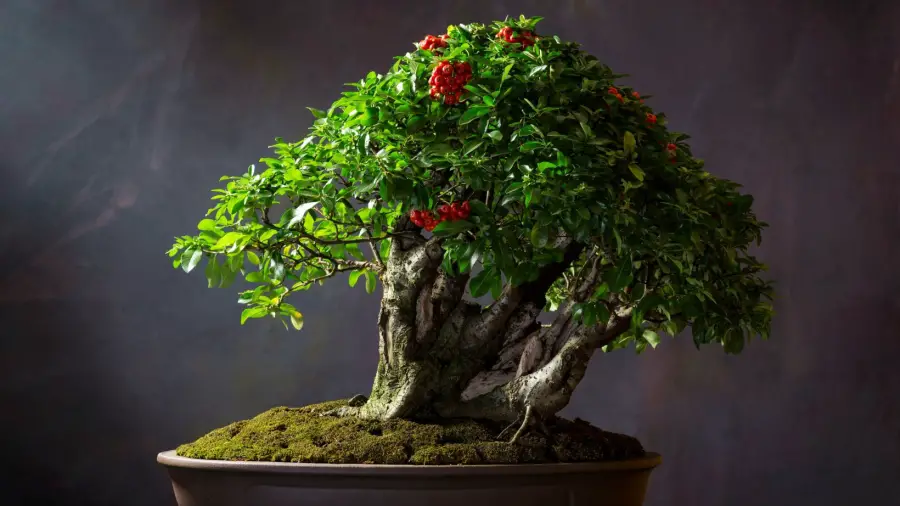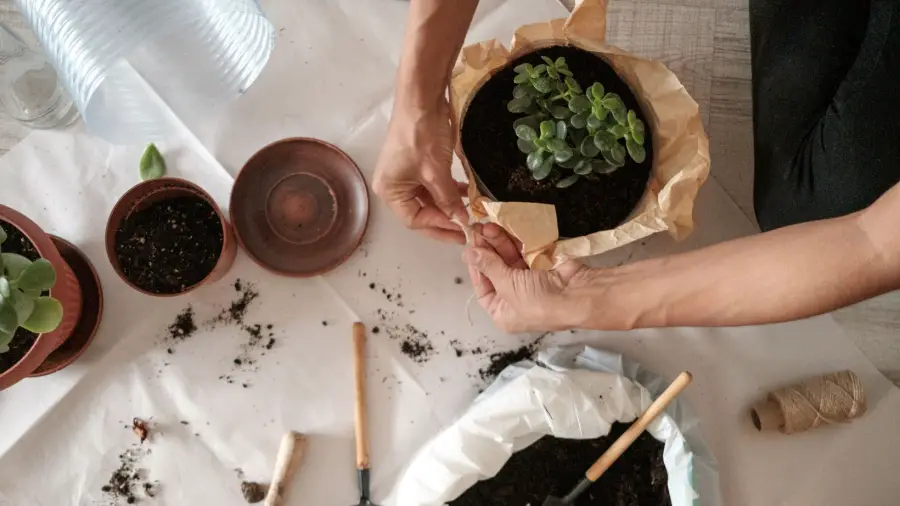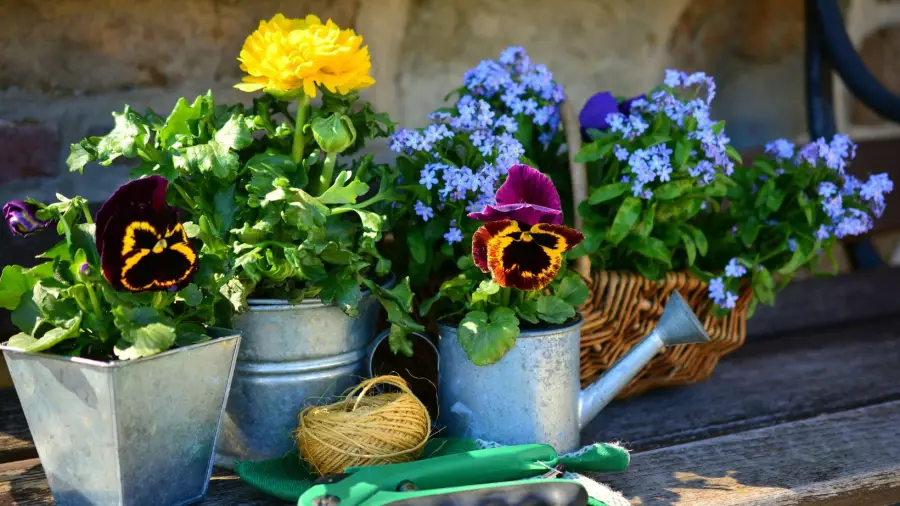“Aquaponic Gardening” guides individuals on cultivating both vegetables and fish interdependently. The step-by-step guide presents a sustainable method combining aquaculture with hydroponics.
Embracing innovative solutions for growing food, “Aquaponic Gardening” offers a comprehensive exploration of combining fish farming and soilless plant cultivation in one integrated system. This method is gaining popularity among gardeners and farmers who are concerned about space efficiency and sustainability.
The guide provides readers with practical advice on setting up their own aquaponic systems, selecting compatible plants and fish, maintaining a balanced environment, and troubleshooting common issues. Aimed at both beginners and experienced growers, the book simplifies the science of aquaponics into clear, manageable steps. It encourages growers to embrace a self-sustaining ecosystem that produces fresh vegetables and fish, right in their backyard. This environment-friendly approach to agriculture reduces waste, conserves water, and exemplifies cutting-edge food production techniques.
Table of Contents
Introduction To Aquaponic Gardening
Welcome to the sustainable world of aquaponic gardening, where the symbiosis between fish and plants provides bountiful harvests. This method combines the best of two worlds: aquaculture (raising fish) and hydroponics (growing plants without soil). Harvest fresh vegetables and raise healthy fish right from your home or backyard.
The Harmony Of Aquaculture And Hydroponics
Aquaponics mirrors the natural water cycle, bridging aquaculture and hydroponics into a single, closed-loop system. Fish waste provides organic nutrients for plants, which in turn clean the water for the fish. It’s a win-win partnership that reduces waste and maximizes efficiency.
Benefits Of Integrating Fish And Plant Cultivation
- Reduces the need for chemical fertilizers and pesticides
- Conserves water by recycling it within the system
- Supports plant growth with rich, natural nutrients
- Provides the joy of raising both vegetables and fish in harmony
- Maximizes space, making it ideal for urban environments
Planning Your Aquaponic System
Embarking on aquaponic gardening leads to a harmonious relationship between fish and plants. This guide breaks down the essentials of setting up your own system. Let’s dive into the factors that will create a thriving aquaponic garden.
Key Considerations For System Design
Designing an aquaponic system requires careful thought. The right balance ensures healthy plants and fish. You must consider:
- System Type: Media-filled beds, Nutrient Film Technique (NFT), or Deep Water Culture (DWC)?
- Size: How much space can you dedicate to your system?
- Species: Select fish and plants that thrive together.
- Water Quality: Test and maintain proper pH, ammonia, nitrates, and nitrites levels.
Choosing The Right Location And Equipment
Where you place your aquaponic system impacts its success. Here are elements to ensure optimal growth:
- Light: Natural sunlight or artificial grow lights?
- Temperature: Keep both fish and plants in their comfort zone.
- Protection: Shields from pests and harsh weather conditions are vital.
Selecting equipment is just as crucial. It includes:
- Quality fish tanks and grow beds
- Reliable water pump and filtration system
- Proper grow media (clay pebbles, gravel)
Selecting Your Aquaponic Fish And Plants
Setting up an aquaponic system is an adventure in itself. But the real excitement lies in selecting the right fish and plants for your garden. Your choice will affect the health and output of your system, so it’s essential to make an informed decision. Let’s dive into the best options for creating a thriving aquaponic ecosystem.
Best Fish Species For Your Aquaponics System
The fish are the powerhouse of your aquaponic system. They provide the nutrients that help your plants grow. Here are the top contenders for your home system:
- Tilapia – Adaptable and hardy, they are perfect for beginners.
- Goldfish – Easy to care for and ideal for smaller systems.
- Catfish – Fast-growing with a strong immune system.
- Koi – Attractive and can endure various climates.
When choosing fish, consider factors like growth rate, temperature preference, and legal restrictions in your area.
Top Plant Choices And Their Requirements
Plants in an aquaponic system clean the water for fish. Choose plants that match well with the fish environment. Here’s a table listing some top plant choices:
| Plant | Light Requirements | Water Preferences |
|---|---|---|
| Lettuce | Moderate | Cool |
| Spinach | Low to Moderate | Cool to Moderate |
| Tomatoes | High | Warm |
| Herbs (Basil, Mint) | Moderate | Varied |
Plants have diverse light and water needs. Match them to your system’s capabilities for best results. Consider growth habits, space requirement, and compatibility with fish.
Managing The Aquaponic Ecosystem
An aquaponic ecosystem is a delicate balance between fish, plants, and bacteria. It mimics natural aquatic ecosystems and requires careful observation and management to thrive. This guide will explore how to maintain optimal water quality and nutrient balance, and the best practices for monitoring the health of both fish and plants.
Water Quality And Nutrient Balance
Maintaining stellar water quality and a balanced nutrient profile is crucial. Testing water parameters regularly is a must. Check for pH, ammonia, nitrite, and nitrate levels. Optimal ranges ensure fish and plants are healthy.
- pH: 6.5 – 7.5
- Ammonia: less than 0.25 ppm
- Nitrite: less than 1 ppm
- Nitrate: 5 – 150 ppm
Use a water test kit weekly. Adjust levels using natural methods like water changes or by adding calcium carbonate for pH balance.
Fish Health And Plant Growth Monitoring
Regular check-ups are key for fish and plants. Look out for signs of stress or disease in fish. Check their appetite and activity levels. For plants, look for nutrient deficiencies or pest issues. Prune dead leaves and manage pests using organic methods when possible.
Log observations in a journal or database. This helps track progress and notice patterns over time. Balance feeding rates with plant needs.
| Checklist Item | Description | Frequency |
|---|---|---|
| Water Testing | Measure pH, ammonia, nitrite, and nitrate levels. | Weekly |
| Fish Observation | Check for stress, disease, and normal behavior. | Daily |
| Plant Inspection | Look for growth issues, pests, and nutrient deficiencies. | Daily |
In conclusion, active management and regular maintenance are the cornerstones of a successful aquaponic garden.
Harvesting Your Aquaponic Bounty
Delving into the world of aquaponics offers a thrilling adventure from setup to harvest. Gathering the fruits of your labor marks a pivotal point in the aquaponic cycle. It cascades excitement and fulfills the promise of sustainable living. Whether you’re a green thumb or a beginner, harvesting from your own system delivers a unique satisfaction. Let’s explore the art of harvesting both aquaponic plants and fish.
When And How To Harvest Plants And Fish
Timing and technique are crucial in harvesting your aquaponic garden. Here’s a simple guide to help you harvest at the peak of freshness:
- Plants: Harvest leafy greens when they reach full size, typically 4-6 weeks after planting. Look for firm leaves and deep colors.
- Fish: Harvest fish such as tilapia when they are plate-sized, usually after 9-12 months of growth.
To harvest plants:
- Cut the base of the plants using a sharp knife.
- Collect leaves or fruits without disturbing the roots.
To harvest fish:
- Lower the water level to concentrate the fish.
- Use a net to catch gently.
Maximizing Yield And System Productivity
Optimize your aquaponic system’s output with these tips:
- Monitor water parameters regularly to maintain plant and fish health.
- Prune regularly to promote new growth and prevent over-crowding.
- Feed your fish high-quality food to improve their growth and the system’s nutrients.
Rotate crops and introduce new plants after each harvest to keep the system dynamic and constantly producing.
| Action | Details |
|---|---|
| Check Plant Size | 4-6 weeks for leafy greens |
| Check Fish Size | 9-12 months for fish like tilapia |
| Water Testing | Weekly to maintain health |
Troubleshooting Common Aquaponic Issues
Running an aquaponic system is a delicate dance between fish and plants. Sometimes, things can go offbeat. Recognizing and resolving issues swiftly will keep your green companions and aquatic friends thriving. Let’s tackle some common glitches you might encounter in your aquaponic journey.
Dealing With Pests And Diseases
Pests and diseases can worry any gardener. In aquaponics, natural solutions work best. Let’s explore how to protect your garden:
- Monitor regularly for early signs of trouble.
- Introduce beneficial insects like ladybugs to combat pests.
- Apply organic neem oil for a safe, effective remedy.
- Prevent diseases with good airflow and water quality.
- Quarantine affected plants to stop the spread of diseases.
Maintaining System Balance During Challenges
Keeping your aquaponic system balanced is key. When challenges arise, maintain harmony with these tips:
| Challenge | Action |
|---|---|
| High Ammonia Levels | Reduce feed and check for overstocking. |
| pH Fluctuations | Test water regularly. Use pH adjusters sparingly. |
| Plant Nutrient Deficiencies | Add minerals like iron or calcium as needed. |
| Low Oxygen | Ensure adequate aeration and water circulation. |
Frequently Asked Questions On Aquaponic Gardening A Step-by-step Guide To Raising Vegetables And Fish Together
What Is The Method Of Raising Both Fish And Vegetables?
Aquaponics combines fish rearing (aquaculture) with soilless plant cultivation (hydroponics).
What Types Of Fish And Vegetables Can Be Grown Using Aquaponics?
Common fish grown in aquaponics include tilapia, bass, and carp, while popular vegetables are lettuces, herbs, tomatoes, and peppers.
How Do You Grow Fish And Plants Together?
To grow fish and plants together, use an aquaponic system where fish waste provides nutrients for plants, and plants filter and clean the water for fish. Maintain a balanced environment for both to thrive.
How Many Fish Do You Need Per Plant For Aquaponics?
Generally, you need one fish for every 5 to 10 gallons of water to support plant growth in aquaponics.
Conclusion
Embracing aquaponic gardening means joining a sustainable future in food production. This guide has illuminated the symbiotic power of combining fish and vegetable cultivation. Remember, starting small and expanding as you learn ensures a smoother journey. Whether as a hobby or a step towards self-sufficiency, the know-how you’ve gained sets the stage for a thriving aquaponic system.
Dive in, grow, and relish the harmony between aquaculture and horticulture!
(Check this out for Butterfly Gardening Ideas: https://bonsainurserybd.com/best-practices-for-creating-a-butterfly-garden/)
